How to grow lovage from seeds, breeding methods and rules of care
Lovage is a herbal plant that stands out with a sharp and spicy aroma; it is also popularly called love-grass and dawn. Outwardly, this plant is extremely similar to celery, but its properties are strikingly different. Zorka is used both as a spice and as a component of cosmetics, it is also used in folk medicine. Growing lovage in the open field is not troublesome, care comes down to choosing a suitable garden bed and minimal watering.
Short description
The leaves of our favorite grass are glossy, bright green, the leaf plates are divided into several parts. A bush with a strong branched stem is able to grow rapidly, reaching a height of 1.5 m. The root system has many shoots, which are collected in a loose volumetric lobe. The root length of an adult plant is almost 40 cm, the color of the root shafts is predominantly brown.
Lovage inflorescences are in the form of motley yellow umbrellas. You can see how this spicy culture blooms in June-July. Perennial seeds ripen in July-August.
Preparing for landing
If you decide to grow a spicy perennial on the site, first you need to find a cozy place for it. In this case, it is important to take into account not so much the preferences of lovage (it is very unassuming), but the peculiarities of its development. Dawn belongs to fast-growing bushes, therefore, so that it does not shade the rest of the plants, it is recommended to plant it along the fences or at the edge of the site.
Lighting
Seedlings and seedlings of love-grass need bright diffused light. An adult lovage thrives even in the shade, but for better fruit setting with seeds, you need to choose an area with light shade.
Soil preparation
For growing lovage, it is better to choose the south side of the garden, with well-drained and moderately moist soil. In order not to provoke decay of the roots, it is not recommended to choose areas with a high groundwater occurrence, as well as where there is a strong stagnation of moisture.
Perhaps this is the only requirement. In general, lovage thrives on any soil. However, experienced gardeners note that perennials are somewhat worse for acidic soils. Before planting, such land must be "deoxidized" with dolomite flour (600-650 g per sq. M), slaked lime (500-600 g per sq. M), wood ash (600 g per sq. M).
In addition, it is worth taking care of preliminary feeding - in response to the care of lovage, it will give a rich harvest of foliage and fruits. To do this, in the fall, when digging, it is necessary to add one bucket of peat and organic fertilizer to the ground, as well as 20 g of nitrophoska and 200 g of wood ash (per 1 sq. M). Immediately before planting, it is recommended to fertilize the land with urea, superphosphate, potassium sulfate and wood ash.
Humidity and temperature
During the growing season, the bush needs abundant watering: 15 liters of water per plant. The frequency of procedures is 1 time per 7 days.
Since lovage is cold-resistant, it is allowed to sow it as soon as the temperature exceeds + 3 ° C. This is enough for seedlings to appear after three weeks. To reduce this period by half, i.e. up to one and a half weeks, you need to maintain the temperature above +18.
Features of planting and reproduction
Given the branching of the upper part of the bush, lovage must be provided with free space by planting other plants at a distance of 60 cm from it, while the width between the rows should be at least 70 cm.
Advice! In most cases, lovage reproduces by self-seeding, so you probably won't need to do seedlings.
Growing from seeds
Sowing seed in open ground is carried out in April, when the soil is already sufficiently warmed up.And lovage is sown in seedling containers in early March, using a universal substrate for growing herbaceous plants. The optimum depth of the furrows in the container is no deeper than 2 cm, and the distance between the seeds is 10 cm.
It is more convenient to use separate cups, placing no more than 2 pieces in them. When the seedlings get a little stronger and 3-4 true leaves appear on them, the plants are planted in a permanent place.
Propagation by cuttings
It is necessary to cut off a strong shoot 10 cm long from the bush; it should have 2-3 leaves. A container filled with wet sand is suitable for rooting. Lovage is a rapidly growing culture, therefore, after two weeks, a good root system will form on the cuttings, sufficient for transplanting into open ground.
Dividing the bush
If the plant is propagated by dividing the bush, then you need to care for it in the same way as when growing from seeds. The best time for manipulation is late spring:
- It is necessary to select a three-year-old plant, carefully dig it up and rinse with warm water.
- Then divide into several parts, each of which has at least three strong root buds and shoots.
- After that, the daughter bushes are moved to a prepared permanent place, the size of the hole must fully correspond to the size of the underground part of the planting material.
- The planted plant should be watered abundantly and the soil around it should be mulched.
Interesting fact
Under comfortable conditions, lovage bears fruit for six years.
Basic principles of care
Dawn is indifferent to low temperatures and dry weather, calmly tolerates a lack of moisture in the ground, is not too picky about lighting and easily recovers. Drought tolerance thanks to its long and strong roots.
In caring for an adult plant, the main thing is to provide moderate watering, if precipitation does not fall for a long time, regularly harvest weeds and loosen the soil. In the first year after planting, the flowers must be removed from the lovage in order to enable its root system to develop well. It is recommended to prune the crop in the second year of its life; at the same age, fertilizer should be applied under the bush.
Very good results are obtained with a solution based on poultry manure or manure, prepared at the rate of 100 g of fertilizer per 10 liters of water. For one plant, use 0.5 liters of solution. Also, do not neglect the mineral composition. At the stage of active growth of the bush, it is necessary to add a complex fertilizer to the ground, consisting of nitrogen, phosphorus and potassium, in an amount of 10-15 g per 1 sq. m.
Diseases and insect pests
Most often, a perennial herb is affected by a carrot fly or aphid; white spot (septoria) is dangerous from diseases. Considering that this spicy culture with a pungent taste is used to prepare various dishes, it is strictly forbidden to use chemical preparations to fight parasites. It is possible to defeat pests without them, using effective agricultural techniques.
Septoriosis is manifested by brown and yellow spots on leaf plates and petioles, in the center of which black blotches are visible. After some time, the luxurious green mass begins to wither, dry out, and eventually the bush dies. The source of this condition is the fungus. Excessive moisture in the soil contributes to the development of the disease. In order to avoid such negative consequences, it is recommended to prevent stagnation of water on the surface of the earth, by watering once a week. An effective way to combat septoria is to treat the leaves with a mixture of milk whey (1 l) and a few drops of iodine. Severely affected bushes must be removed from the site.
Among the clear signs of the presence of a carrot fly on lovage is a change from the green color of the leaves to yellow and their rapid drying. Insect larvae infect the underground part of the bush, devouring it.If you do not take any measures, then very soon you can lose all landings. From folk methods, an infusion of wormwood works well against this pest. To prepare it, you need to fill a 10-liter bucket with phyto-raw materials, pour boiling water and, when it cools down, divide it into three equal parts. After that, add another 7 liters of water to each part. Treat affected plants with this infusion and water the aisles.
A small insect, aphid, is especially dangerous for perennials. The testes become its target. It is also necessary to protect the bushes from snails eating green leaves. To protect plantings, sprinkle wood ash or tobacco ash within a radius of half a meter from the plant. The layer should be thick enough, not less than 5 cm. Granular phosphorus fertilizer is placed on top.
Lovage is a unique herb with a spicy aroma. Eats not only its fruits, leaves and stems, but also the underground part. Considering that the spice has a light bitterness and pungent taste, it should be used in moderation. To grow a perennial on your personal plot, it is enough to adhere to the basic rules of agricultural technology.
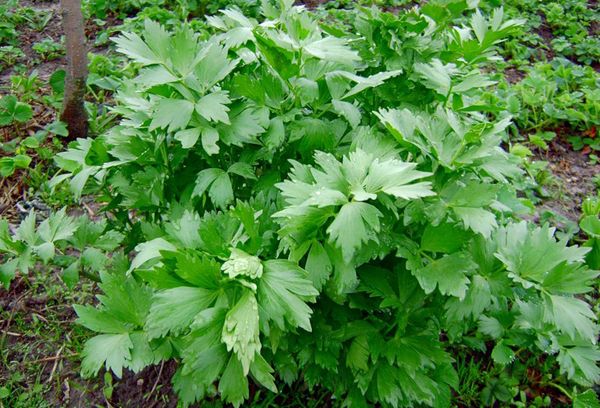
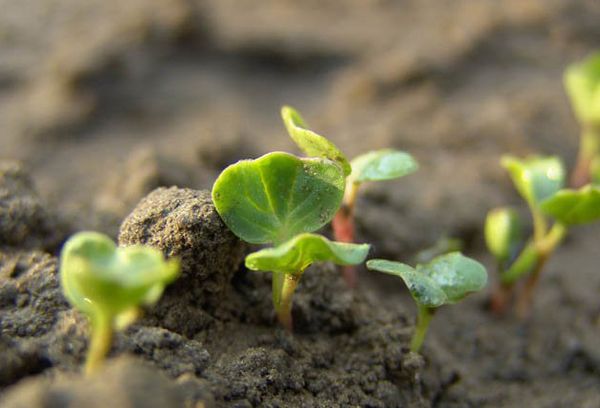
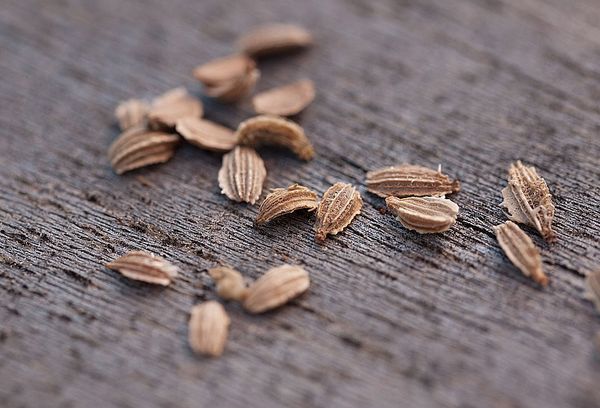
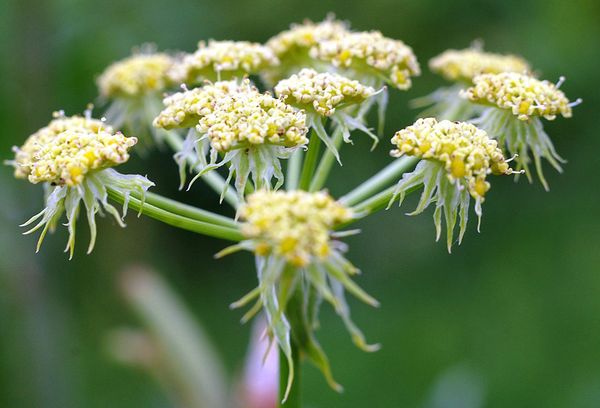
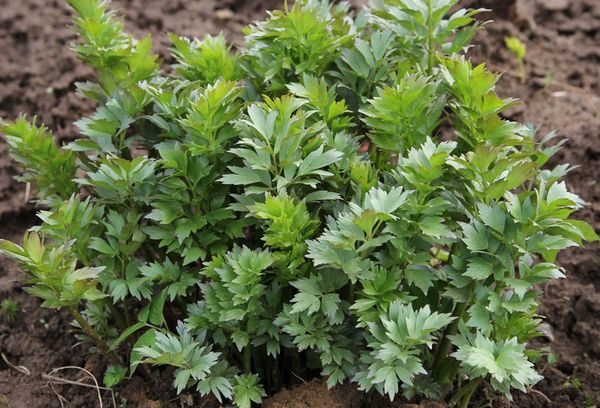
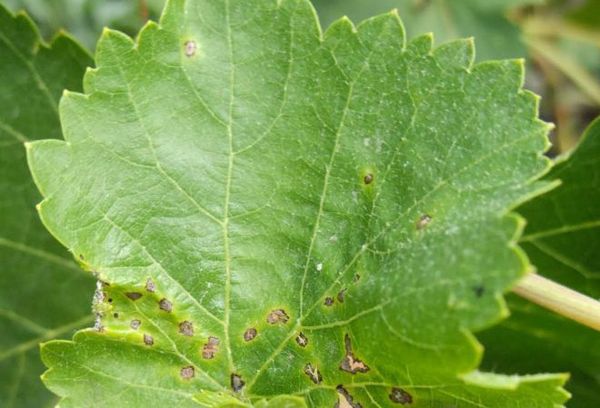
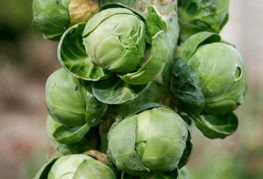
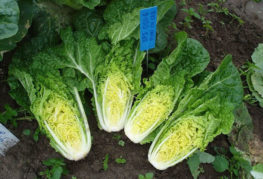
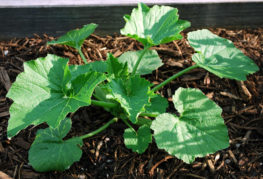
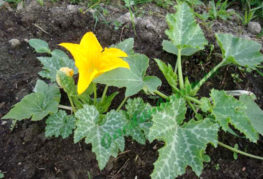
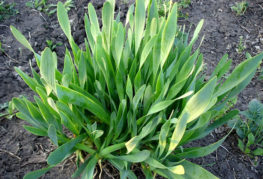
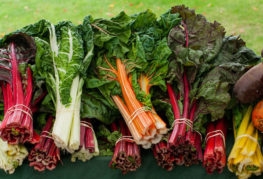
and will be published shortly.